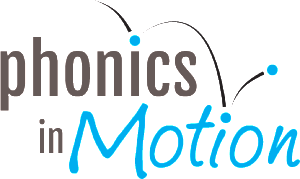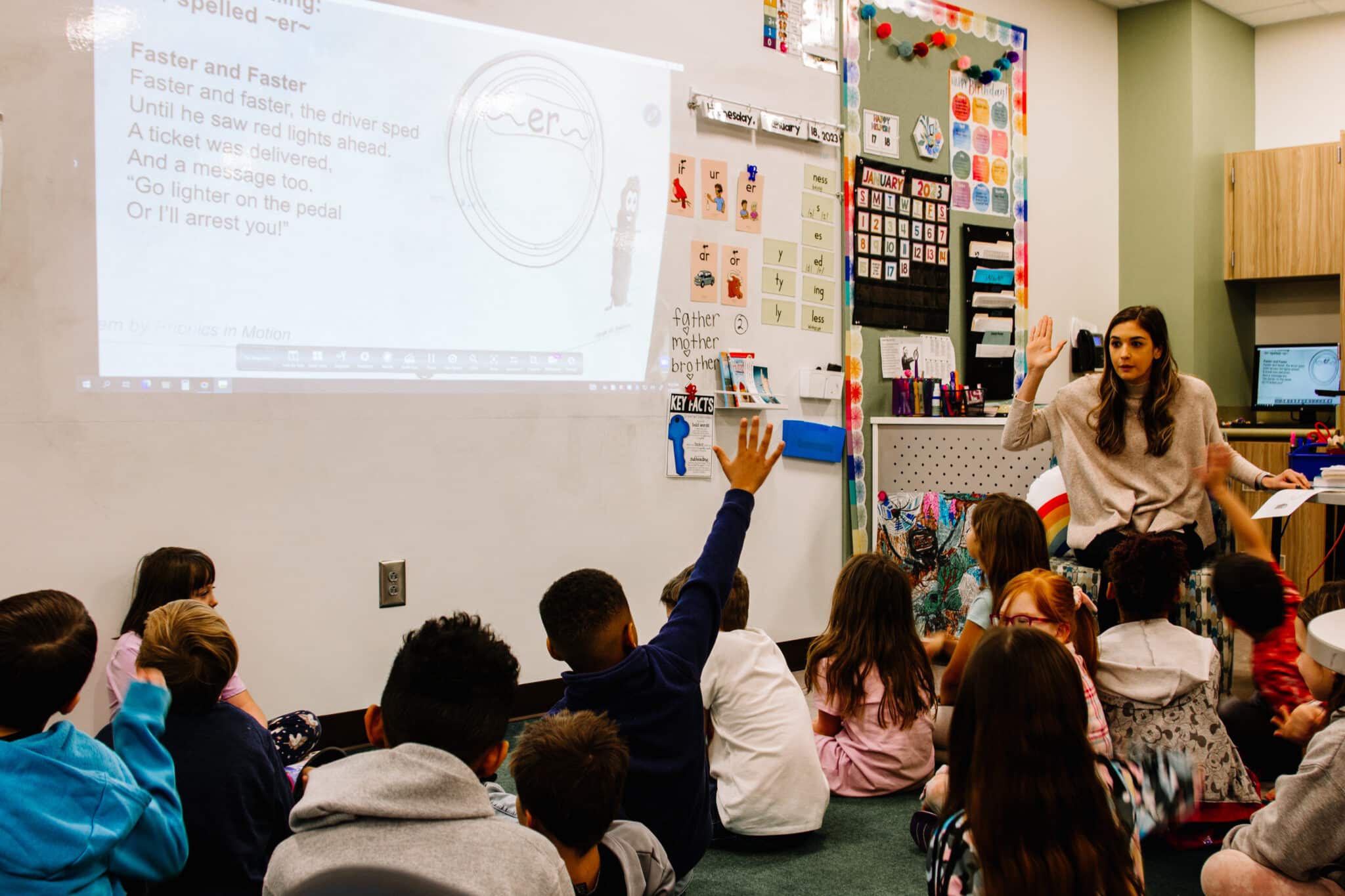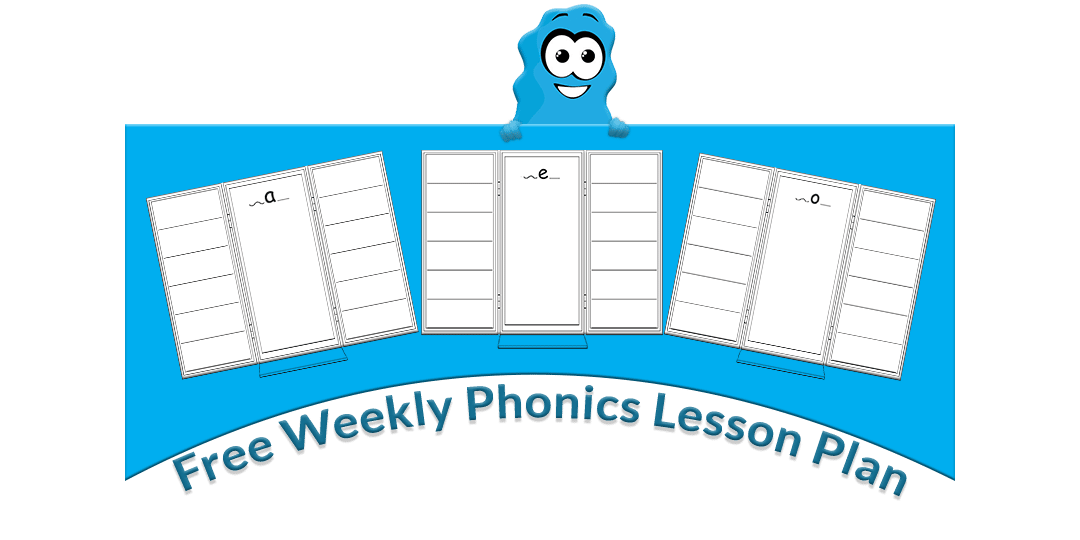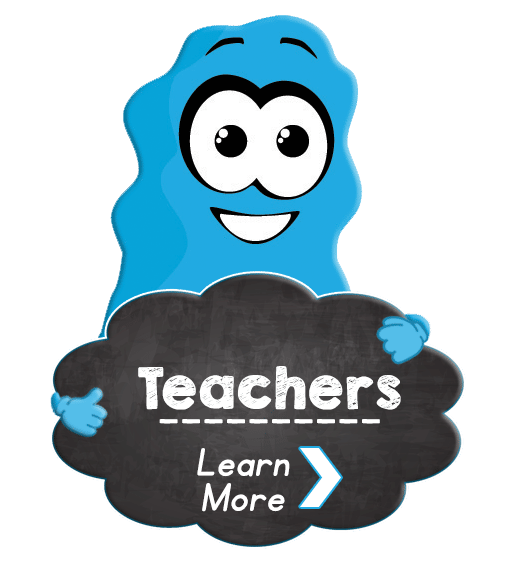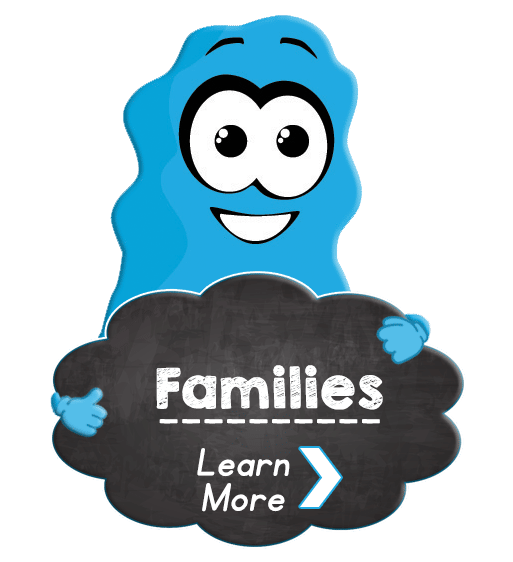Classroom Management Strategies
Ever wonder what the missing ingredient is to your classroom management? As teachers, we all have our strengths and our growing edges. We all have the drive to improve and offer the best educational opportunities that we can to our students- otherwise, you wouldn’t be spending your precious time reading and thinking about your professional toolkit.
There are so many different classroom management philosophies that schools can choose from, but it’s hard to see the options when we’re in the day-to-day grind.
But pause for a moment- Could small choices that you do have control over make a difference in your classroom management and your day?
Effective classroom management strategies include implementing routines and predictability, retaining high student engagement and buy-in, and making sure you remain flexible to make student-centered decisions.
Why Are Classroom Management Strategies Important?
According to the National Council on Teacher Quality, 40% of new teachers reported feeling “not at all prepared” or “only somewhat prepared” for classroom management.
And we’ve seen the impact of unsuccessful classroom management with my own eyes.
One of our Phonics in Motion team members, Jessica, recounted this experience:
Long ago, as an intern just starting my career in Early Childhood Education, I was observing at a school in a multi-age class. The room -full of 1st and 2nd graders, bountiful with energy, and creativity, and on the cusp of learning crucial skills were clearly on the last nerve of the experienced teacher that I was observing.
She was spent- burned out. Over it.
She suggested to me, in trying to figure out how to reign in behavior issues within the class, that she was going to try something new. She was going to start every child on ‘RED’ and make them earn their way to a ‘GREEN’ status each day. This was an old-school system of behavior management- the worse you acted, the worse your status became- in a visual, physical method from the ‘GREEN’- meaning you were meeting expectations to the ‘RED’ where you were making bad choices and losing privileges.
Think about that choice again for a moment- Before these 6 and 7-year-olds were even in the room, they were labeled as not meeting expectations, losing privileges, and needing to earn them back.
Really motivating, right? Yeah, that’s what I thought- I’d act out too.
Classroom management is important because it helps maximize student learning, minimizes disruptions, promotes positive teacher-student relationships, and supports students’ social-emotional development.
Reason 1. Maximize Student Learning
Effective classroom management allows teachers to create a positive learning environment that maximizes student engagement and academic progress. When kids feel comfortable and safe in their learning environment, they are more likely to participate actively in class discussions, ask questions, and take risks in their learning.
Reason 2. Minimize Disruptions
Classroom management helps to minimize disruptions that can interfere with student learning. Effective classroom management techniques such as establishing clear expectations, using positive reinforcement, and addressing misbehavior promptly can reduce the likelihood of disruptive behavior occurring.
Reason 3. Promote Positive Teacher-Student Relationships
Good classroom management skills help teachers to build positive relationships with their students. When teachers establish clear expectations, provide a safe and supportive learning environment, and use positive reinforcement, they create a positive teacher-student relationship. This, in turn, can increase motivation, engagement, and academic progress.
Reason 4. Support Students’ Social and Emotional Development
Effective classroom management skills support social and emotional development. By establishing clear expectations, using positive reinforcement, and addressing misbehavior promptly, teachers can help kids to develop self-regulation skills, self-esteem, and a sense of responsibility for their actions.
Reason 5. Enhance Teacher Job Satisfaction
Effective classroom management can enhance teacher job satisfaction by reducing stress and burnout. When teachers feel confident in their ability to manage their class effectively, they can focus on their teaching and building positive relationships. This, in turn, can lead to greater job satisfaction and a more fulfilling teaching experience.
Classroom Management Strategies
Classroom management strategies are vital to developing positive interactions.
Strategies that have been found effective are implementing routines and predictability. Promoting high student engagement and buy-in, and retaining the flexibility to make student-centered decisions.
Strategy 1. Routines & Predictability
Are you following predictable routines throughout the day- do your students gain independence with the routines and procedures that you put into place or are they dependent on you as the SAY-ALL, BE-ALL voice for the class? One of my favorite things to watch for in the room is how much ownership kids have in their learning.
One of the ways that Phonics in Motion meets this requirement is by having simple, efficient, effective- and predictable routines that kids understand and build skills in. The weekly changes in scope and sequence allow for comfort in the simplistic predictability while engaging in new material and skills to practice.
How do you tell if your routine is predictable? Pay attention to your day. How many students need you as a guide to know what’s next? Do they offer suggestions of what you should do, versus feeling the rhythm of each part of your day? Do they protest?
Strategy 2. High Student Engagement & Buy In
When do you notice that your students are in the ‘zone’? Hopefully, you’ve seen it- everyone working, busy, and growing. Sometimes this in-the-zone is quiet, other times it’s noisier, controlled chaos where kids are so invested you need to remind them that it’s recess time. Not all programs or curriculum is made equal. Just because something looks good on paper- filled with skills and meeting standards- does not mean that it is the best choice for your students.
Questions to ask yourself:
- Are my students engaged in the learning process when I teach _________?
- Is the student at the center of the teaching, or could I deliver this lesson following the script with no kids in the room?
- Am I reaching all students or teaching to the middle when I teach ___(subject/curriculum/routine)?
- How do I know my learners are moving through the gradual release process (I do, We do, You do) when I’m teaching __? What do I see?
Early childhood children are pretty easy to read- when they’re not engaged they get restless. They disengage. They get antsy. Part of classroom management is the interactivity between teacher and learners. If your students aren’t engaged- ask yourself why?
Strategy 3. Flexibility to Make Decisions & Student-Centered Decision Making
As a teacher you are knowledgeable. You care about your students and their learning. Choosing how to respond to the learners in front of you in your space is in your control. Think back to the burnt-out veteran teacher that I mentioned earlier. There’s a little bit of all of us in that story. We’re human, we have ‘off’ days, and we do really difficult and challenging work. Especially at this moment in time when education is possibly entering crisis mode (if you don’t think it has already).
You need to have flexibility in your routines and your instructional choices to respond to the learners who you serve. If students are not at the center of your decision-making, they know it. They feel it, and they respond to it.
Teachers need to have flexibility in the delivery of instruction so that they are able to meet the needs of all learners. This means using a curriculum and programs that are student-centered. High-quality instructional materials made for students by knowledgeable teachers and educational professionals.
How Phonics in Motion Supports Classroom Management Strategies
If you’re using programs or curricula that check all of the boxes for skills but don’t consider the social aspect of the actual learners in your class then it is not enough. Yes, curricula and programs should meet content standards, and yes, they should be high quality and deliver skills in meaningful scopes and sequences- but not at the expense of leaving the learner behind.
Phonics in Motion helps you develop a classroom management plan by using structured literacy routines, encouraging high student engagement, utilizing student-centered lesson plans, and focusing on culture and community building.
Method 1. Structured Literacy Routines
Implementing routines and predictability is essential for classroom management. When students understand the routines and procedures that are put in place, they can gain independence and take ownership of their learning. This leads to a more efficient and effective class environment.
Phonics in Motion provides simple and predictable structured literacy routines that students can easily understand and build skills in phonemic awareness, phonics, vocabulary, fluency, comprehension, and handwriting. The weekly changes in research-backed scope and sequence allow for students to find comfort in the predictable routine while engaging in new material and practicing new skills.
Method 2. High Student Engagement
Promoting high student engagement and buy-in is crucial for effective classroom management. Students who are engaged in the learning process are invested in their education and are more likely to achieve academic success. Phonics in Motion prioritizes student engagement by placing the student at the center of the learning process. The program uses interactive and engaging teaching methods to help students stay focused and interested in learning. A focus on learning phonemic awareness through motion helps honor the spirit of childhood while providing structured literacy instruction.
Method 3. Student-Centered Lesson Plans
Having the flexibility to make decisions and prioritize student-centered decision-making is crucial for effective classroom management. Teachers must be knowledgeable and caring and must be able to adjust their instructional methods to meet the needs of their students. Phonics in Motion supports student-centered decision-making by using high-quality instructional materials that are made for students by knowledgeable teachers and educational professionals.
Since the routines weave into everyday life, teachers can customize the material to engage students using topics that they already enjoy and interact with.
Method 4. Culture & Community Building
Culture and community building are essential for effective classroom management. When students feel like they are part of a community, they are more likely to engage in positive behavior and feel invested in their learning. Phonics in Motion promotes culture and community building by using interactive and engaging teaching methods that don’t stop when the literacy block ends. Students use the motions for the phonemes throughout the day and across all subjects, so it becomes ingrained in the culture of the class.
